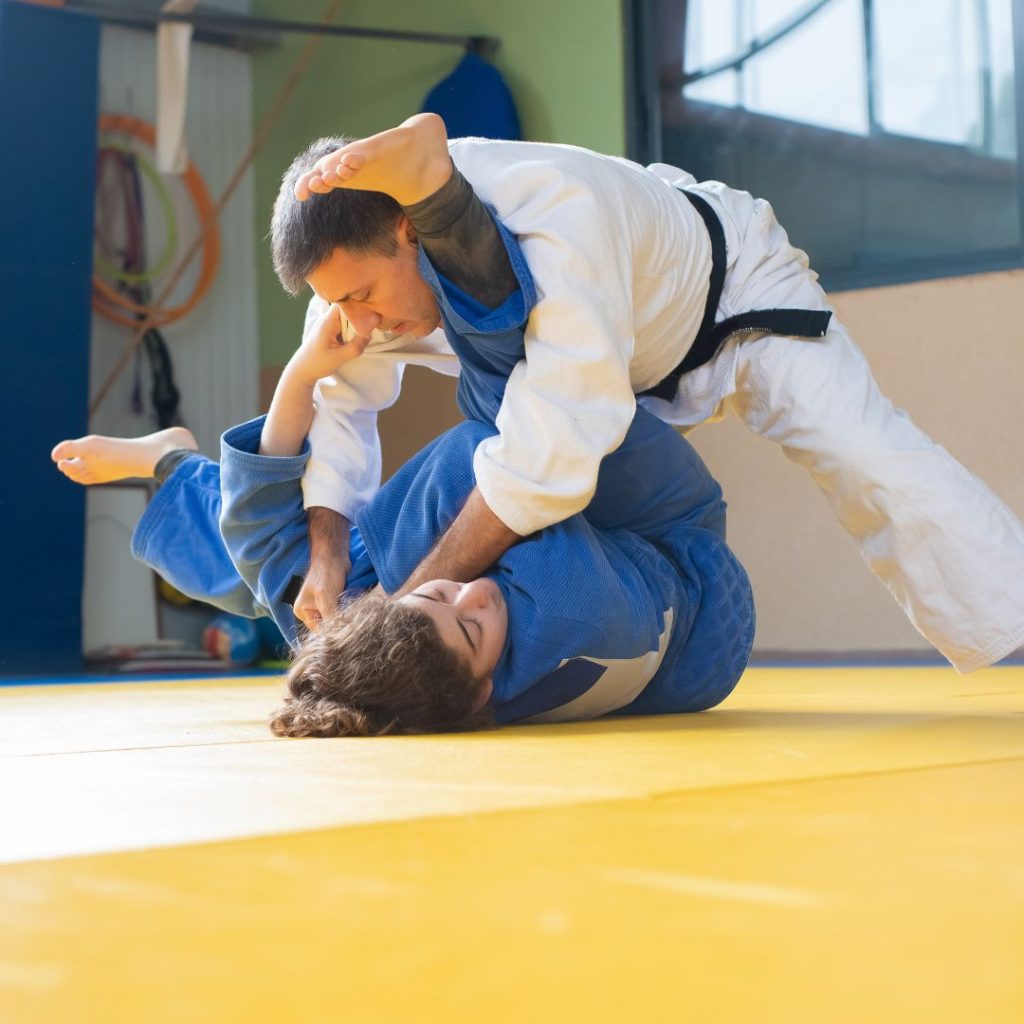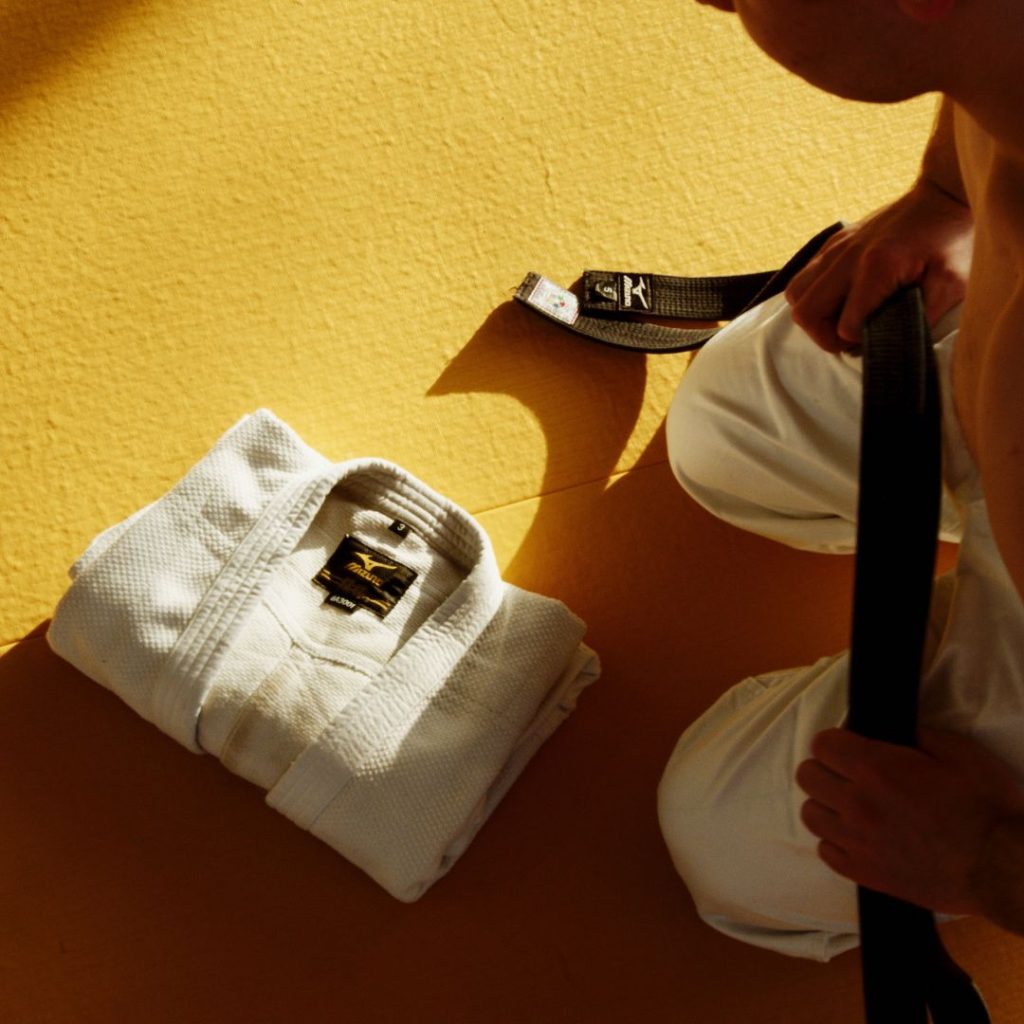
Are you interested in learning self-defense but are too concerned about the risk of injury? Do you want to train in a martial art that prioritizes safety without sacrificing effectiveness?
Look no further! Today, we'll be delving into the world of fighting sports and explore which discipline offers the safest training environment.
With so many martial arts to choose from, it can be overwhelming to determine which one is the best fit for you. Some styles focus on striking, while others prioritize grappling and submissions.
Each has its unique strengths and weaknesses, but safety should always be a top consideration when selecting a martial art.
We'll be examine the safety features of various fighting sports. We'll also explore the techniques and training methods employed by each discipline, helping you make an informed decision about which martial art is the right choice for you. So let's get started!
Tai Chi

Tai Chi is one of the safest forms of martial art out there. It's very gentle and acts as an effective form of stress relief, as it encourages practitioners to be mindful and present in the moment. This helps to reduce anxiety and improve mood.
Practicing tai chi also strengthens the connection between the mind and the body, which can help people become more aware of themselves and how they move through each motion. Through its emphasis on deep breathing, it can also help promote relaxation.
Its practice has been found to have many cognitive benefits as well. Studies show that regular practice can lead to improved concentration skills, better reaction times, increased memory performance, and even enhanced creativity.
In addition to all these physical and mental benefits, learning this powerful martial art provides a great opportunity for self-expression while connecting with others--all from a safe, secure environment!
Grappling Martial Arts

Grappling martial arts are also generally to be very safe, mostly due to the fact that they don't normally involve striking, which is among the easiest ways to get injured while training.
Some grappling arts include judo, Brazilian jiu-jitsu, sambo, and wrestling.
In grappling martial arts, the main goal is to dominate your opponent and bring them to the ground or in a clinch, typically by utilizing various techniques like joint locks, chokes, throws, and takedowns.
Each of these techniques requires a good amount of skill to master, as well as a good understanding of body mechanics and leverage, so that you are able to safely control your opponent with minimal risk of injury.
That doesn't mean that just anyone should do it though, since they'll still need proper training and instruction before actually attempting any move. Improper technique is often the real culprit for injury in grappling arts, and they can lead to serious injuries, like sprains or broken bones.
It’s also important for grapplers to maintain flexibility in their bodies through stretching exercises before each practice session. This will help reduce the risk of muscle strains or pulls during sparring sessions.
Additionally, wearing protective gear such as padded gloves or elbow pads can help protect against minor scrapes and bruises, all the while still allowing practitioners to move freely without hindrance from bulky padding.
With proper instruction and safety awareness, grappling martial arts can be practiced safely and with minimal injuries, even at high intensity levels!
Striking Martial Arts

In terms of actual combat, striking martial arts can often be more effective than grappling martial arts.
The speed and power of strikes as well as the ability to keep distance from an opponent all make striking martial arts a formidable option in self-defense.
One other benefit that many practitioners enjoy is the opportunity to learn new techniques quickly, allowing them to stay engaged with their training and consistently seek out improvement.
At its core, the purpose of any kind of martial art is to help people gain confidence and become better at protecting themselves in dangerous situations.
Striking martial arts offer an exciting way for people to do just that; by learning how to deliver powerful strikes with accuracy and precision while also learning when it’s best not use them at all.
With proper practice and safety precautions taken into account, these types of disciplines can be a great way for anyone looking for a challenging workout or looking for practical self-defense skills.
Other Factors

The type of equipment used in training is another thing you'll need to consider. You can't use just anything, after all!
Martial arts that involve weapons such as swords, staffs, and knives require special attention, especially if you're eager to keep all your fingers. Heavy precautions will need to be made to ensure both the safety of the participants and those around them.
Protective gear should be worn at all times when engaging in any kind of martial art with a weapon. Even seemingly simple activities can result in serious injury or death if safety guidelines aren't followed.
Finally, it's essential for instructors to pay close attention to their student's progress so that they can adjust the intensity level based on their perceived skill and physical ability.
An instructor who is attentive and observant can help identify potential issues before they become dangerous. They can ensure students take appropriate breaks throughout practice sessions and adjust their technique as needed.
When these factors are taken into consideration along with the martial art itself, then participants can enjoy a safe yet exciting experience while learning self-defense techniques from one of many different disciplines available today.
The Wrap-Up

There is no one "safest" fighting sport, as you've probably expected. But there are some strong contenders, with tai chi being the preeminent one. Following closely behind are the grappling arts, like judo and Brazilian jiu-jitsu.
Regardless, each discipline has its own unique strengths and weaknesses, and the effectiveness of any martial art ultimately depends on the skill and training of the practitioner.
So if you're considering taking up martial arts but are trying to prioritize your safety first, then great! You're already off to a good start. Just take the time to do a bit more research on these different disciplines and find the one that's right for you.
Here, let me help you out. If you want to get a head start on your tai chi knowledge, then just click here!
[author-box-jpx-fitness]
